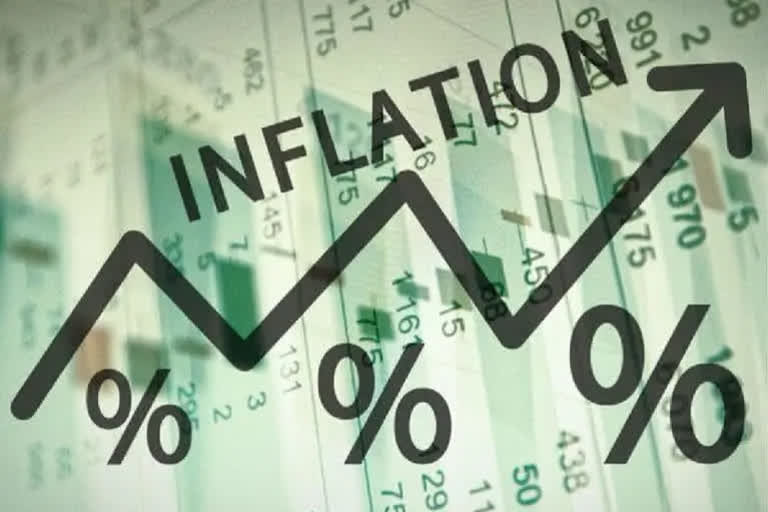New Delhi:Retail inflation after remaining on downtrend for four months moved a tad up in October to 4.48 per cent due to an uptick in food prices and higher cost of motor fuel.
The Consumer Price Index (CPI) based inflation was 4.35 per cent in September and 7.61 per cent in October 2020.
The annual inflation had declined to 6.26 per cent in June from 6.3 per cent in May. Later it further eased to 5.59 per cent in July, 5.3 per cent in August and 4.35 per cent in September.
According to the data by the National Statistical Office (NSO), 'oils and fats' prices zoomed 33.5 per cent while inflation in the fuel and light category rose to 13.63 per cent in October 2021.
Inflation in food basket was 0.85 per cent in October, marginally up from 0.67 per cent in September. Fruit prices increased by 4.92 per cent while vegetables prices dropped by 19.43 per cent and that of eggs declined by 1.38 per cent.
Ratings firm ICRA said the uptick in the CPI inflation in October 2021 relative to the previous month, while mild, was pretty broad-based.
Hardening in inflation for clothing and footwear, and miscellaneous items suggest that reviving demand is nudging producers in some sectors to pass through the input price pressures, resulting in a pickup in the core inflation to 5.8 per cent in that month, it said.
Read:Inflation at peak around Diwali, wish Centre was sensitive to people: Rahul Gandhi
Aditi Nayar, Chief Economist, ICRA said, "The MPC is likely to change the monetary policy stance to neutral only after there is additional evidence that the domestic demand revival has become durable, which is likely in the February 2022 review. We expect this to be accompanied by a 15 bps hike in the reverse repo rate by the RBI."
Despite base effect, still-high fuel costs, input cost pressures and seasonal turn in some food prices in coming months could even see inflation rising towards 6.2 per cent plus later in the fiscal year, Madhavi Arora, Lead Economist, Emkay Global Financial Services said.
Vegetable prices warrant monitoring given the increase in real-time data this month too. While the direct impact of the fuel price cut will be visible from November, its indirect impact in the context of pressure on producer margins, services inflation and the trajectory of oil and other commodity prices will also be important, Sreejith Balasubramanian, Economist Fund Management, IDFC AMC said.
The government has mandated the Reserve Bank to maintain retail inflation at 4 per cent with a margin of 2 per cent on the either side.
The next monetary policy of the Reserve Bank is due next month.
The Reserve Bank, which mainly factors in CPI-based inflation while arriving at its bi-monthly monetary policy, has been tasked by the government to keep it at 4 per cent, with a tolerance band of 2 per cent on either side.
The RBI has projected the CPI inflation at 5.3 per cent for 2021-22: 5.1 per cent in second quarter, 4.5 per cent in third; 5.8 per cent in last quarter of the fiscal, with risks broadly balanced.
The retail inflation during April-June period of 2022-23 is projected at 5.2 per cent.
PTI
